Norwegian cuisine can be tricky to navigate, between the foods that sound like nightmare stuff (lutefisk) to the foreign favourites adopted into the national diet, like tacos and (frozen) pizza.
READ ALSO: Does Norwegian food deserve to be ranked the worst in the world?
Like many countries that adopt and fall in love with cuisines from elsewhere, the locals put their own spin on things.
With the example of pizza, Norwegians eat more frozen pizzas than anyone else on Earth and the frozen pizza selection of a supermarket, sadly for many, is one of the few places that will have a really extensive selection to choose from.
Tacos have embedded themselves as part of the national cuisine, too. Many Norwegians have tacofredag, where families or groups of friends tuck into some tacos. Like frozen pizza, tacos usually command extensive shelf space in supermarkets.
To the shock, surprise, disappointment and occasional revulsion of foreign residents, tacos in Norway can be quite a long way from what’s on offer in Mexico.
Firstly, it would be fairer to call the tacos many Norwegians make as closer to tex-mex. A typical taco spread in Norway would start with beef mince. The beef mince is then seasoned with taco spices from a packet and laid out on the table. Some more accomplished home cooks will trade out the beef for chicken, fish or a veggie alternative.
The tacos themselves are large wrap-like tortillas. The toppings typically include store-bought salsa, store-bought ‘taco sauce’, sour cream, sweetcorn, cheese, iceberg lettuce, tomatoes and, perhaps the most egregious offender, cucumber.
Some may also choose to include red pepper or mango. The global explosion of popularity of avocados also means many add guacamole these days. This is typically avocados seasoned with “guacamole mix”.
How did this come to be?
There’s no romantic tale of how tacos came to be loved by the masses in Norway. Instead, it’s just a case of clever marketing.
Taco items were first introduced into Norway in the 60s to appeal to Americans in Stavanger, but the trend fully took off in the 1990s.
Tacos were sold to the masses as an easy, exotic meal that the whole family could enjoy.
Norwegians loved the concept and have been buying tacos by the truckload ever since. Friday night was seen as the perfect time for such a meal, so supermarkets decided on using fredagstaco (Friday’s taco) in their marketing campaigns.
Where can you get more ‘authentic’ tacos in Norway?
Thankfully, there are quite a few places where you can get more traditional Mexican or tex-mex cuisine. Breddos Tacos in Oslo is located by Matthallen in Vulkan. Their tacos are more traditionally sized tortillas, and options include fish, smoked pork, beans or mushrooms.
Corral’s Tacos is a food truck located on Schweigaards gate 34, close to Grønland and the old town. They serve up authentic birria tacos. The food truck is considered one of the best in the city.
Coyo in the trendy Sørenga neighbourhood is another popular option with Oslo residents. The restaurant has both indoor and outdoor seating, and in addition to an extensive tequila menu, offers dishes like tacos, ceviche and more.
Other popular locations to get Mexican or tex-mex food in Oslo are Oslo Street Food, Barcode Street Food, Mucho Mas and Freddy Fuegos.
There are several places in Bergen which also dish up tasty Mexican and tex-mex cuisine such as Agave Bergen, The Taqueria and Casa Del Toro.
If we’ve missed any good spots that offer tasty Mexican food, let us know in the comments, and we will add them.


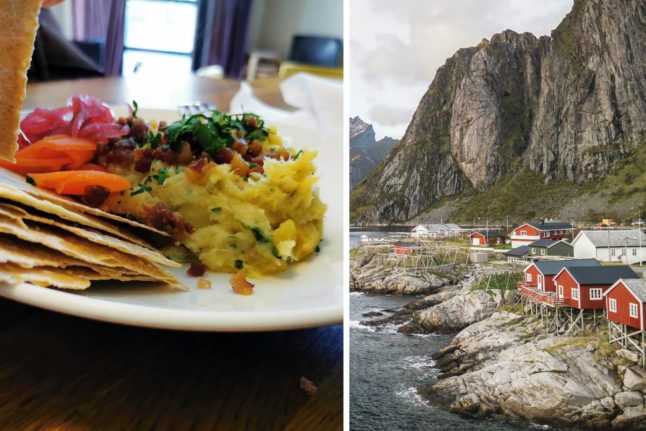

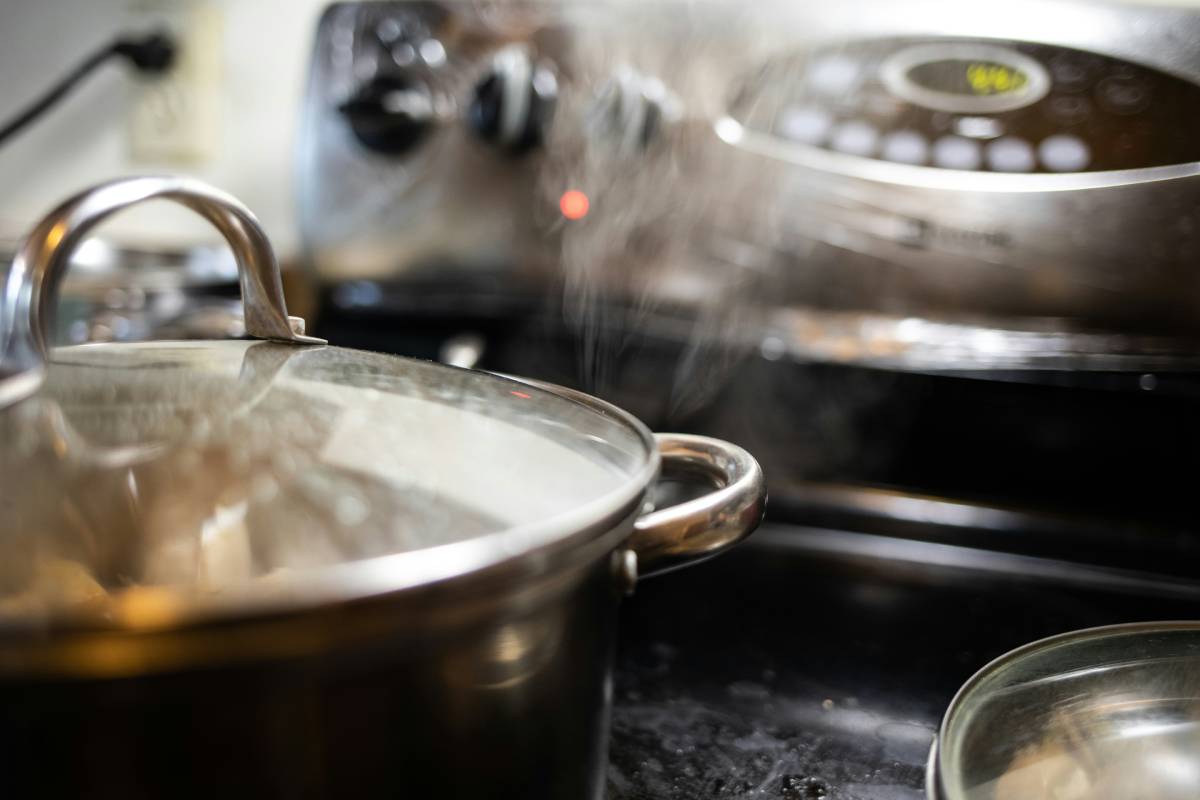
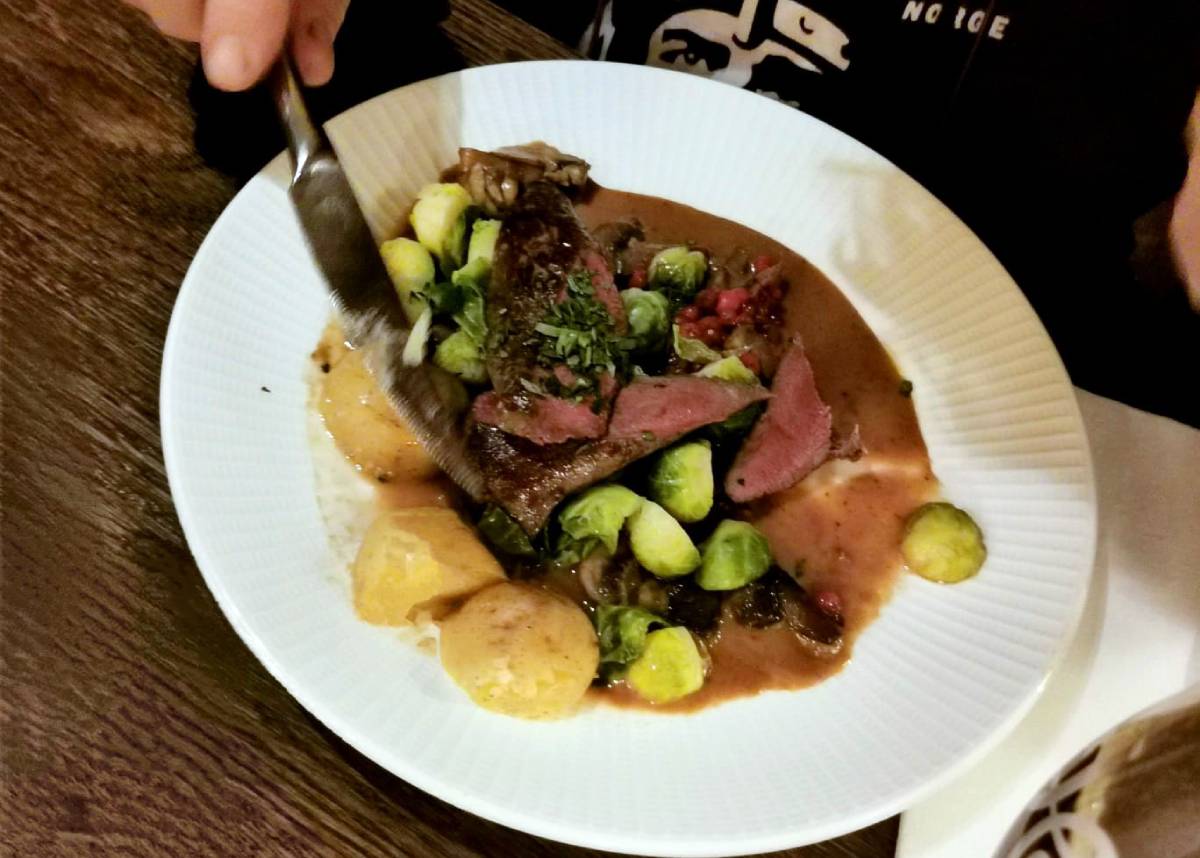
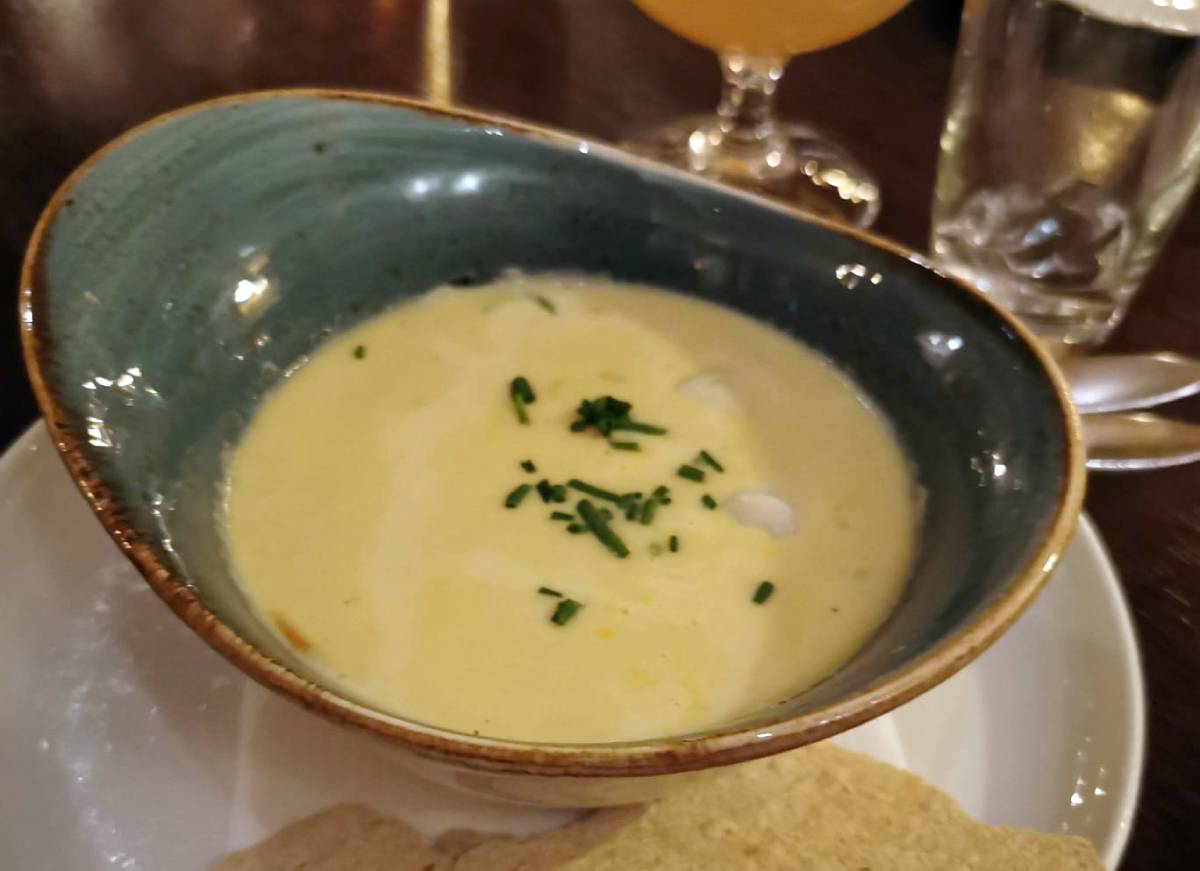
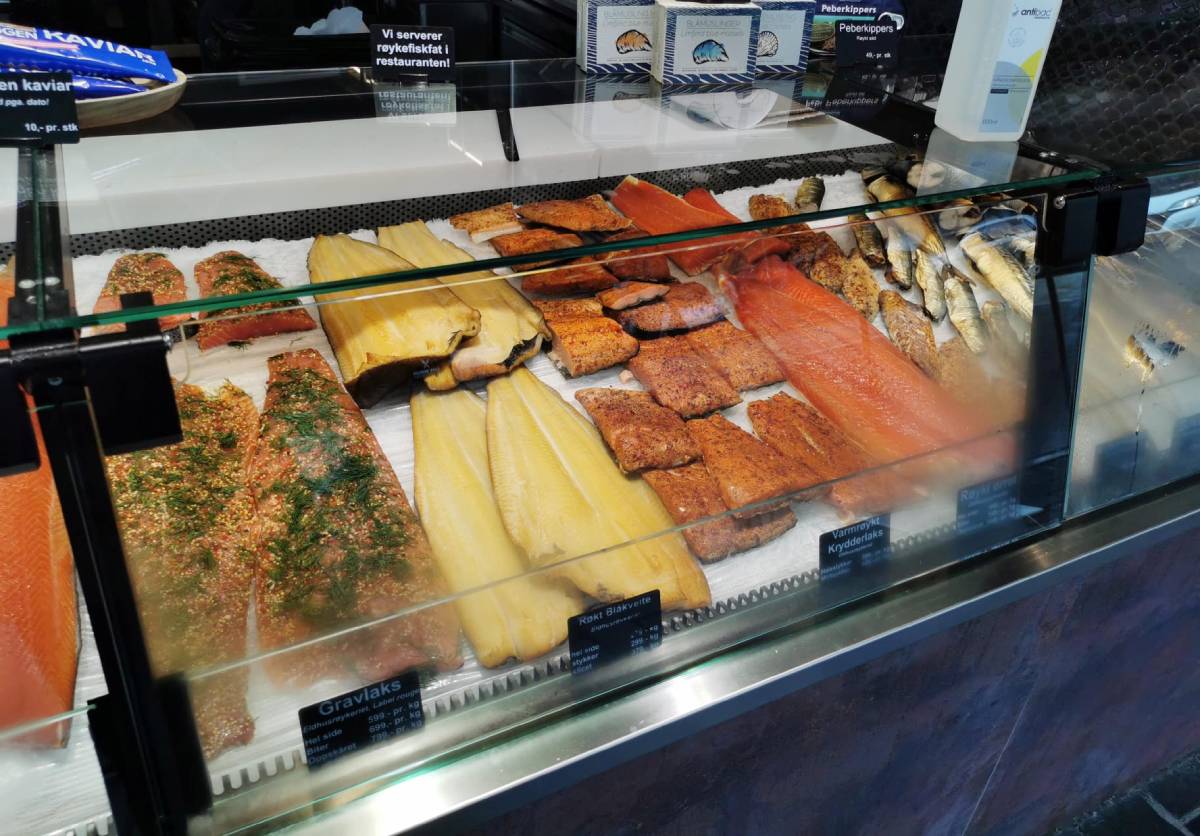
 Please whitelist us to continue reading.
Please whitelist us to continue reading.
Member comments